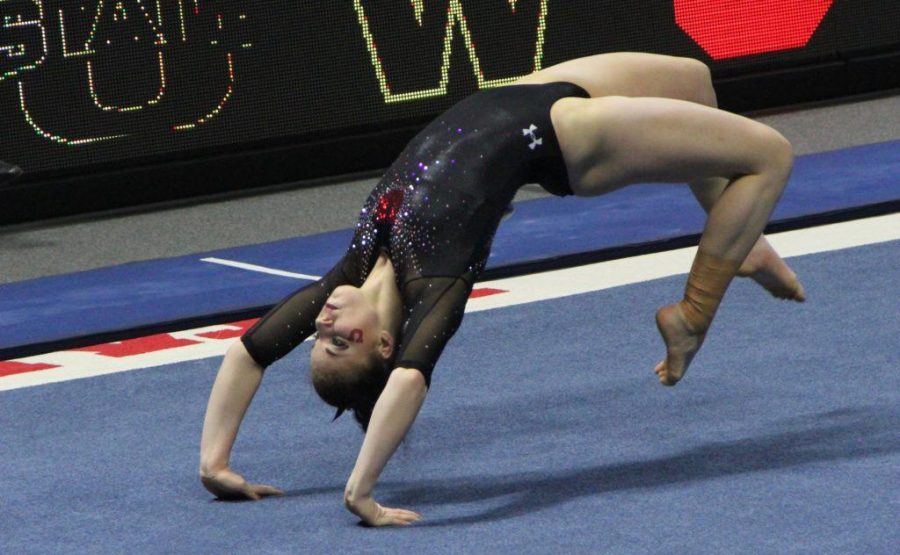In the world of college athletics, there is nothing quite so controversial and hotly contested as Title IX. Signed by president Richard Nixon in 1972, the law was originally meant as an anti-discrimination move. At the time, many leading universities would not accept women and law and medical schools used quotas to limit female involvement in their programs. The law stated that a school cannot discriminate on the basis of sex. Using that statute, the law can only be called a success.
But as for its overall goal of making universities more equal, Title IX has failed miserably. Instead of making things more equal between males and females on college campuses, it has had the opposite effect. The law can be looked at as a kind of reverse-discrimination against men on college campuses. While the law technically applies to all areas of education, it’s most visible component is found in college athletics.
By introducing Title IX, the government has helped perpetuate the rise of women’s sports. But the unintended consequence is that this legislation has helped to kill many male sports.
The first problem with this legislation is not what it intended, but rather what legislators took it to mean. They believe it means that women are entitled to a statistical proportionality. What this means is that if a school has a female population of 70 percent, then 70 percent of the athletes at that school must be female. Obviously that is an issue since there are far fewer women than men who want to participate in collegiate athletics.
Another issue is that this legislation does not apply to other extracurricular activities, such as theater, to student organizations on campus. Women tend to overwhelmingly dominate these non-athletic clubs.
This isn’t to say that women’s sports are somehow less valuable than men’s or that we should somehow get rid of women’s sports. Title IX was a good idea in theory — to make sure that women weren’t discriminated against. But in practice, it was too vague. The only way to measure any progress is by looking at the percentage of women competing in school-sanctioned sports.
Title IX has not achieved its goal of making the two sexes equal. Sure, having more women participate in sports is a good thing. But to make one side equal by hurting another is wrong.
The ugly truth is that schools have been forced to eliminate men’s teams and create women’s teams, not because they wanted to, but because they were afraid of being in violation of the law. Essentially, schools are afraid of lawsuits being brought against them by the government. Title IX has all but eliminated smaller, less lucrative programs like men’s wrestling, swimming and gymnastics. Other schools may still have these programs, but nowhere near the extent that they used to.
Another problem with Title IX is football. Football programs are usually the largest and most lucrative sports programs available to students. Suffice it to say that football programs, as big and popular as they are, aren’t going anywhere. But since there are literally hundreds of student athletes that participate, all of them male, that number is counted against Title IX allowances.
For example, if 20 percent of student athletes at a school participate in football, and there is a 60 percent enrollment for women, then that leaves only 20 percent of other sports that can be filled by men.
An easy solution to this is to simply not count football against the numbers required by Title IX. In most other sports, there is generally a way for women to compete, i.e., basketball, gymnastics, track and field, etc. But there isn’t a way for women to participate in football. There are no women’s football teams in college. By allowing this one exception to the rule, we could bring back so many other sports that would have participation. We could bring back sports that have been eliminated simply out of fear of legal recourse. This would grant more students a wealth of opportunities that they currently don’t have.
Title IX may be good in theory, but in practice, it has failed entire generations of student athletes.


